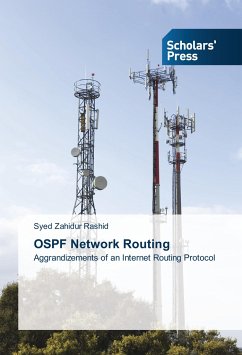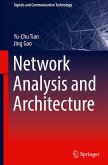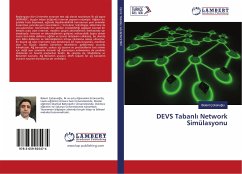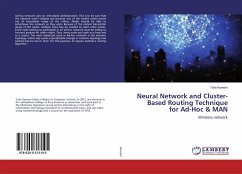This book focuses on the fast convergence in Open Shortest Path First (OSPF) based network, which is a crucial factor for real time applications. This book also provides comprehensive coverage of OSPF network design, deployment, and management. One of the most prevalent Interior Gateway Protocols (IGPs), OSPF is in use in numerous networks across the globe. OSPF is also one of the most widely tested protocols. From a technical perspective, the overwhelming presence of OSPF ensures that people will encounter it at some point in his career. As a result, every networking researcher should understand how OSPF operates, how to configure and troubleshoot this important protocol, and most importantly how to design a network that uses OSPF. The book begins with a detailed examination of how OSPF fits into the big picture. It also discusses how OSPF neighboring routers communicate with one another via link-state advertisements (LSAs) and how to optimize this communication for network efficiency. A detailed explanation of how to apply the "golden rules of design" to create an optimal OSPF network is provided and follows up with a logical approach to configuring OSPF routers and areas.








